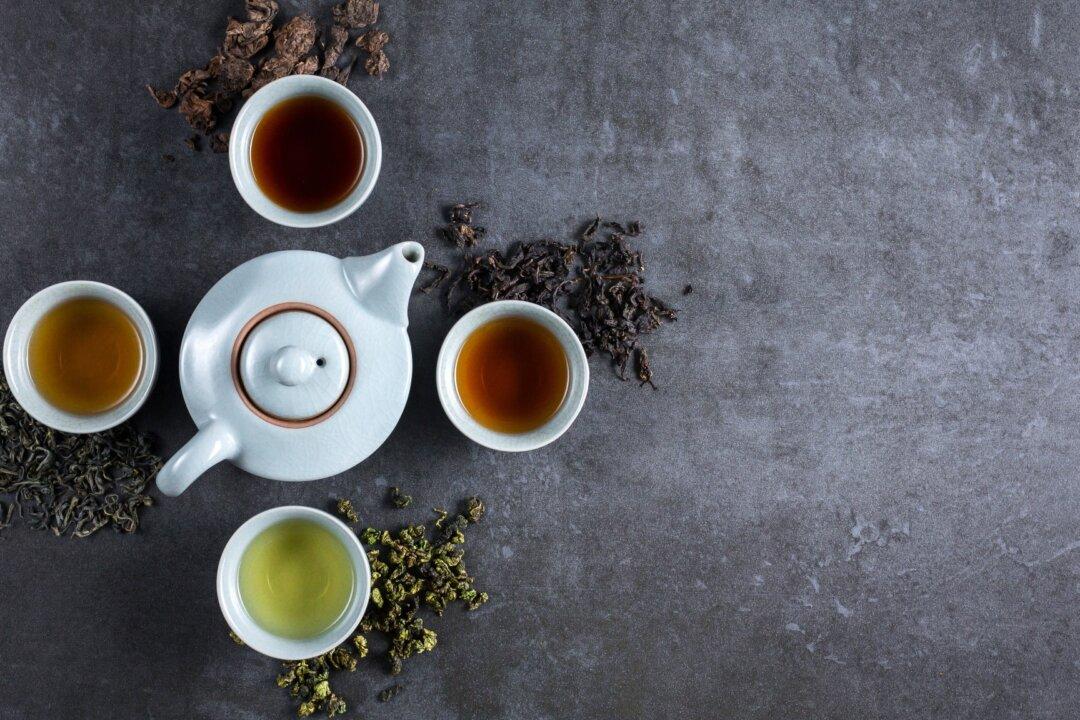“Tea tempers the spirits and harmonizes the mind, dispels lassitude and relieves fatigue, awakens thought and prevents drowsiness, lightens or refreshes the body, and clears the perceptive faculties.” —Lu Yu, “The Classic of Tea”
Tea has long been one of the most popular drinks in the world. According to World Tea News, tea ranks second only to water in popularity. An incredible 25,000 cups of tea are consumed every second around the globe, equating to 2.16 billion cups per day!






